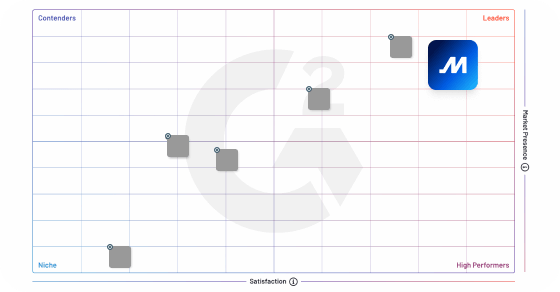The split sleeper-berth rule is a regulation in the trucking industry that governs the amount of time a driver must spend resting or sleeping during a trip. This rule allows drivers to split their required 10-hour off-duty period into two segments, with one segment being at least 8 hours in a sleeper berth and the other segment being at least 2 hours either in the sleeper berth, off-duty, or a combination of both.
The purpose of the split sleeper-berth rule is to provide truck drivers with a more flexible schedule that allows them to rest or sleep when they need to and avoid driver fatigue. Driver fatigue is a leading cause of accidents in the trucking industry, so this regulation is crucial for ensuring the safety of both the driver and other motorists.
Under the split sleeper-berth rule, drivers must still comply with the 14-hour driving window and 11-hour driving limit. This means that the driver must not drive beyond 14 hours after starting their duty period and must not drive beyond 11 hours after taking a break of at least 10 consecutive hours.
It is important to note that the split sleeper-berth rule is not mandatory. Drivers can still choose to take the full 10 hours off-duty in one period. However, for those who choose to use the split sleeper-berth rule, it can help them to better manage their rest and driving schedule, which can lead to a more manageable and safer driving experience.
Frequently Asked Questions
How does the 8/2 sleeper berth split work?
The 8/2 sleeper berth split is a provision within the hours-of-service (HOS) regulations for commercial driving. It allows drivers to split their mandatory 10-hour rest period into two segments: a minimum of eight consecutive hours in the sleeper berth and an additional two consecutive hours either off-duty or in the sleeper berth. This split allows drivers to manage their rest time more flexibly, ensuring they can get sufficient rest while still complying with HOS requirements.
Is a three- and seven-hour split legal in the sleeper berth rule?
Yes, three- and seven-hour splits are legal in the split sleeper berth provision of the Federal Motor Carrier Safety Administration’s hours-of-service regulations. This allows a driver to split the required 10 hours of off-duty time into two segments, one being at least seven consecutive hours in the sleeper berth and a separate period of at least two consecutive hours off-duty or sleeper berth time. The remaining time can be spent on-duty or in the sleeper berth.
Does split sleeper berth stop the 14-hour clock?
Yes, split sleeper berth can stop the 14-hour clock. When a driver uses split sleeper berth, they can take two separate periods of rest instead of one long period. The first period must be at least two hours long and the second period must be at least seven consecutive hours in the sleeper berth. By doing this, the 14-hour clock can be paused and the driver can extend their driving time.
Does 10 hours in sleeper berth reset your 14?
Yes, 10 consecutive hours in a sleeper berth can reset the 14-hour clock, which refers to the maximum amount of time a driver can be on-duty before taking a 10-hour break. However, it does not extend the 11-hour driving limit, which is the maximum amount of time a driver can operate a commercial motor vehicle in a day.



